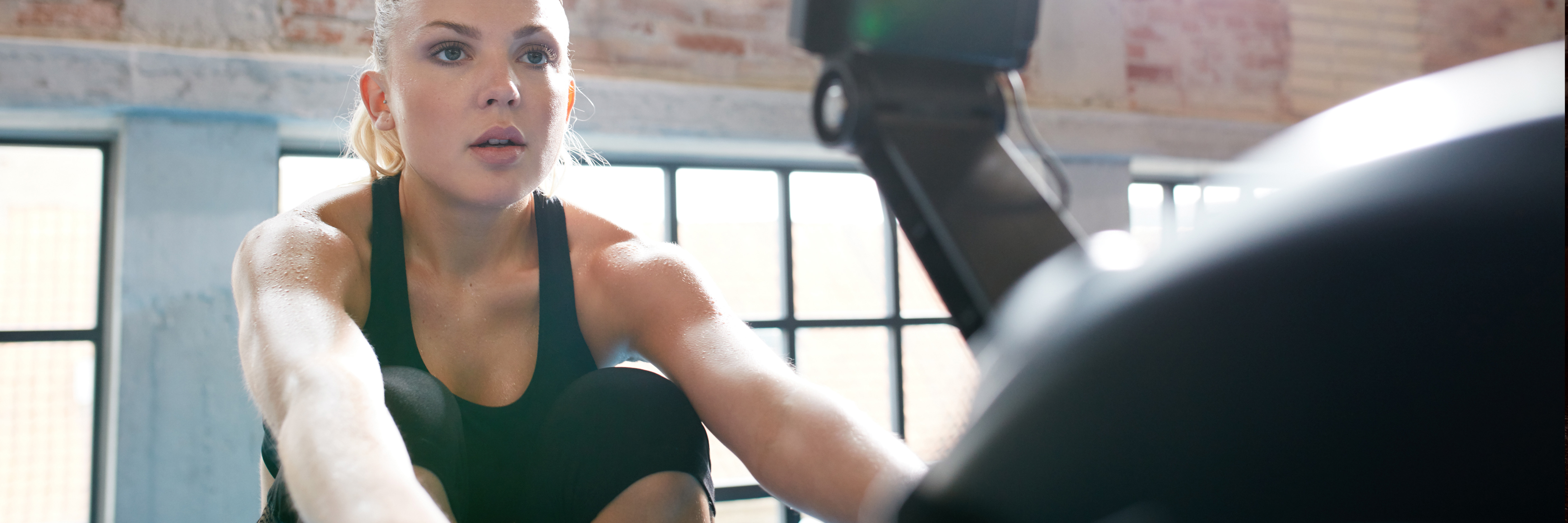Beginner Rowing FAQs

27 July 2023
Rowing is an incredibly rewarding sport, but it can be intimidating for beginners. There are many terms, techniques, and equipment to learn about, and it can be tough to know where to start. Here are some of the most common questions beginners ask about rowing.
What is the difference between sweep and sculling rowing?
In sweep rowing, each rower has one oar, while in sculling, each rower has two oars. In a sweep boat, the rowers alternate sides of the boat, so the stroke side rowers will row on one side while the bow side rowers row on the other side. In a sculling boat, all rowers can row on both sides of the boat.How do I know which position I should row in?
Generally, coaches will place new rowers in the middle of the boat, where they will be surrounded by more experienced rowers. This will allow them to learn by watching others and getting feedback from multiple sources.How often should I row?
The frequency of rowing will depend on a number of factors, including your schedule, fitness level, and goals. However, beginners should aim to row at least three times per week to make consistent progress.What should I wear when I row?
Wear clothing that is comfortable, stretchy, and breathable, such as spandex shorts or leggings and a fitted t-shirt or tank top. Avoid loose or baggy clothing that can get caught in the equipment.How do I steer the boat?
In a coxed boat, the coxswain is responsible for steering. In a coxless boat, either the stoke or bow rower will steer using one of their feet to move the rudder which changes the direction of the boat.What are the most important techniques to learn?
The most important techniques for beginners to learn are the catch, drive, and finish. The catch is the starting position, where the oar is placed in the water. The drive is the middle part of the stroke, where the rower pushes the boat forward. The finish is the end of the stroke, where the rower removes the oar from the water and prepares for the next stroke.How do I improve my fitness for rowing?
Rowing is a demanding sport that requires good cardiovascular fitness, strength, and endurance. To improve your fitness, incorporate a combination of rowing workouts, strength training, and cardio exercise into your routine.What should I eat before and after rowing?
Before rowing, eat a small meal or snack that is high in carbohydrates and low in fat and protein, such as a banana or a granola bar. After rowing, consume a meal or snack that is high in protein and carbohydrates to help your body recover, such as a smoothie with protein powder or a turkey sandwich on whole grain bread.How do I prevent injuries while rowing?
To prevent injuries, make sure to warm up properly before rowing and cool down afterwards. Stretching before and after rowing can help prevent muscle strain and tightness. Additionally, make sure to use proper technique and form during rowing, and listen to your body if you experience pain or discomfort.What are the benefits of rowing?
Rowing provides a full-body workout that can improve cardiovascular health, build strength and endurance, and improve overall fitness. It can also reduce stress and improve mental health, as well as provide a sense of community and camaraderie.
Starting a new sport like rowing can be overwhelming and intimidating, but it's important to remember that everyone has to start somewhere. By taking the time to learn about the basics, practising proper technique, and working with experienced coaches and rowers, beginners can quickly become confident and skilled in the sport. By understanding the common questions and concerns that beginner rowers have, hopefully this article has helped provide some clarity and guidance for those new to the sport. With dedication, hard work, and a willingness to learn, beginners can quickly find themselves enjoying the many benefits of rowing, from improved fitness and health to a strong sense of camaraderie and teamwork.